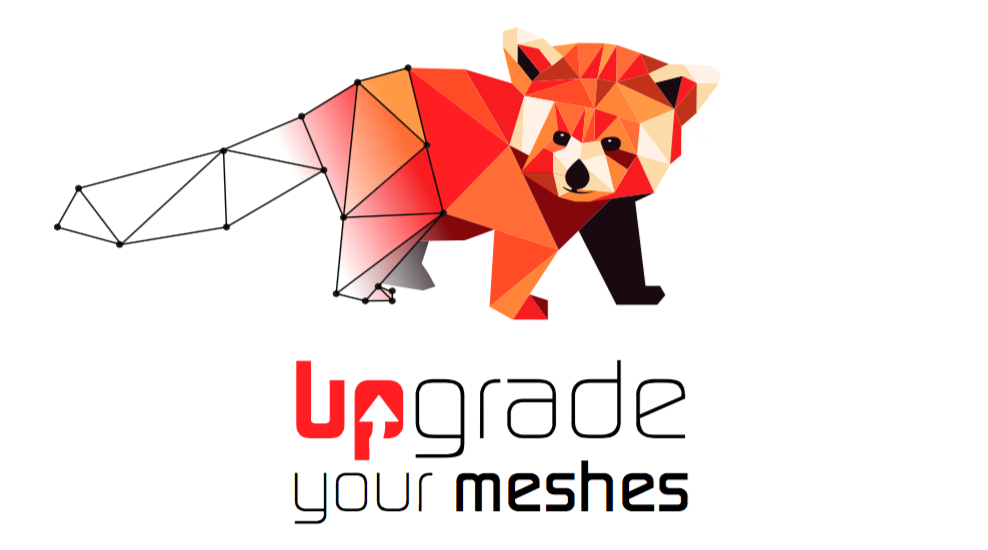Hi
Is there something to be aware of regarding required triangles in 3d ? Required triangles are not preserved in my case.
Here is the context: I have a part of the domain (tets) that I require to enforce a relationship between meshes.
I also set the surface triangles of the domain to be required, I labeled them to be able to compute displacement and metric based on the distance to the object. In the latter, the surface corresponds to the 0 of the distance levelset.
The strategy goes south with these triangles not being preserved. Any insights about why they would not be preserved?
The tets are properly preserved so I can certainly change the strategy and use them instead .
Best regards
